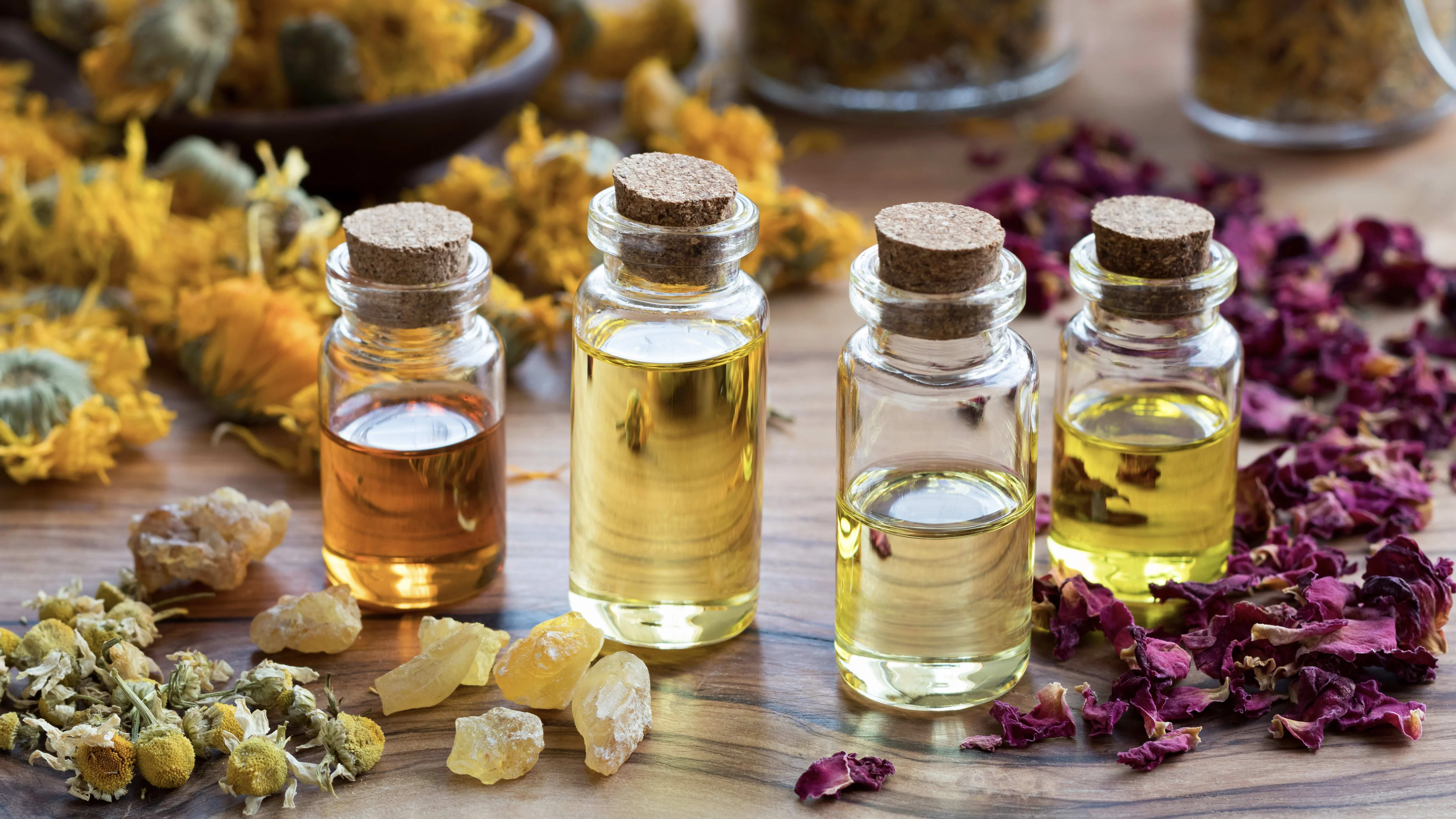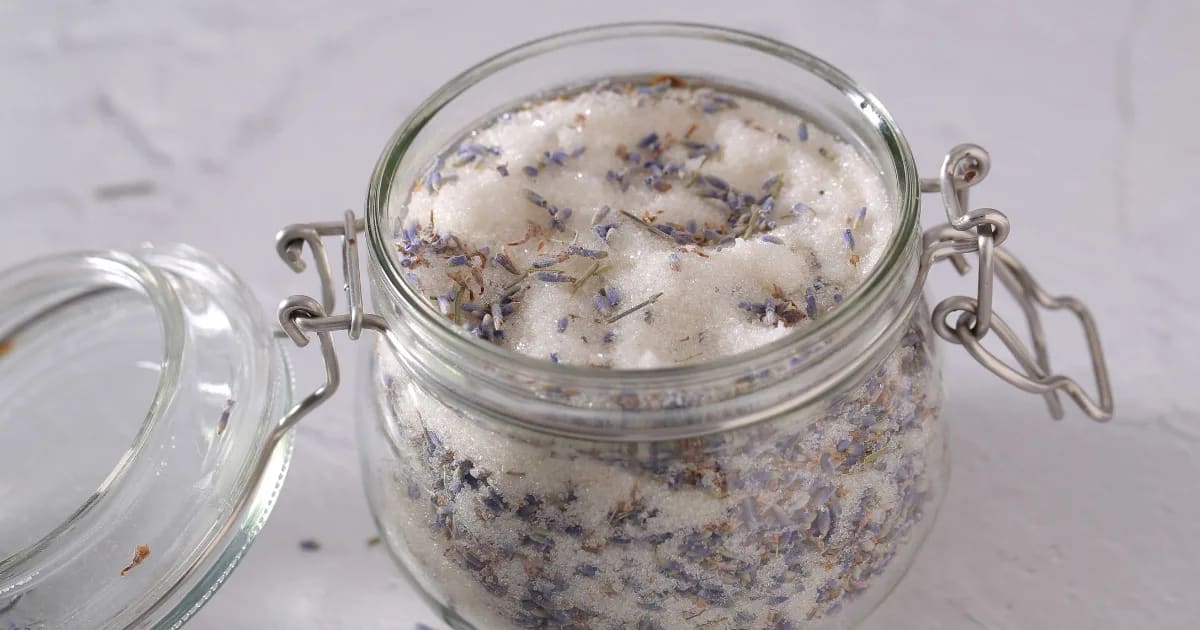Inflammation, Pain, and Angelica Root for Holistic Relief

From Chronic Pain to Peace with Essential Oils
Recently, I learned to play pickleball with my daughter. We had a wonderful time . . . but that night, my shoulder reminded me of an old injury from 15 years ago. Swinging a paddle woke up muscles that don’t often see that kind of use. Now my old injury was asking for care once again.
Such pain makes it tough to focus. You can’t concentrate on work, have fun, or be fully present with your family and friends. The pain demands your attention. Pain leaves you feeling drained, moody, and ungrounded.
In this post, you’ll learn the role inflammation plays in pain. You’ll also discover how essential oils, such as Angelica Root, block inflammatory enzymes . . . and thus, ease the pain. You’ll even learn which oils to blend for different types of pain relief and get a recipe to soothe sore muscles.
Sometimes pain is acute, coming along with a sprained wrist or twisted ankle. Other times, it’s chronic, sneaking up on you after days, weeks, and months of repetitive motion—and sticking around. In this post, we’ll focus on chronic pain.
Inflammation and Pain Offer Tough Love
My fun day of pickleball ignited inflammation in my shoulder muscles.
Inflammation itself isn’t a bad thing. It’s the body’s natural response to threats. After an injury, inflammation shows up to rally your body’s defenses. It calls on your immune system, bringing in a rich flow of healing cells (like macrophages, neutrophils, and T-cells) to repair the damage. That’s why you’ll often see swelling and redness. All those helpful cells are flooding the scene of the action.
Tissue damage and inflammation trigger pain receptors. Pain serves a purpose, too. Your body is telling you that something is wrong. It wants you to move away from danger and protect yourself.
Think of pain as the alert that something is wrong and inflammation as your body’s response to fix it. They’re sure offering some tough love!
Essential Oils: a Natural Path to Pain Relief
In research, many essential oils have demonstrated an ability to calm the inflammatory response and soothe pain in a variety of ways.
For example, Angelica Root oil (Angelica archangelica) contains the molecules α-pinene and d-limonene. (Learn more about Angelica Root here.) Research shows that these molecules suppress inflammatory enzymes, such as 5-LOX and COX-2. What are inflammatory enzymes? They’re exactly what they sound like: enzymes your body produces to cause swelling and inflammation. So inhibiting those enzymes means reducing that swelling and inflammation—and thus, reducing pain.
That’s why I used Angelica Root oil for my shoulder after my pickleball session. I also love it for joint pain (like arthritis), headaches, and menstrual pain. It eases physical tension and pain beautifully.
Angelica Root is a powerful pain reliever! Peter Holmes, in his book "Aromatics Vol 2", highlights this benefit of Angelica Root. Let's see what he says:
Angelica Root is a good remedy for pain and is strong enough to relieve many types of pain, including neuromuscular pain, headaches, toothache, and precordial pain.
It also soothes your emotions, which is an important part of pain relief.
Angelica Root oil’s aroma is rich, earthy, and herbal. The enchanting scent has a comforting presence.
The combination of emotional and physical care creates a holistic effect. That’s why Angelica Root is one of my favorite oils for chronic pain that disrupts daily life—the kind of pain that causes a dip in your mood or some anxiety. (Angelica Root oil is incredible for calming anxiety! I’ll dive into that in a future post.)
Blending Angelica Root with Other Oils for Pain
You can emphasize Angelica Root oil’s pain-relieving effects by combining it with other oils that calm inflammation, like Lavender (Lavandula angustifolia) and Roman Chamomile (Chamaemelum nobile). These two oils also calm the nervous system, so a blend like this can help ease anxiety.
If you’re dealing with an acute painful situation—like a sprained wrist or twisted ankle—try blending Angelica Root with Peppermint oil (Mentha x piperita). The menthol in Peppermint activates your body’s cooling receptors, making your brain think the area is cold. This gives you a comforting, numbing effect.
If your pain is chronic, like arthritis, blend Angelica Root with a spicy oil like Clove Bud (Eugenia caryophyllata) to warm the area up. The eugenol in Clove Bud blocks COX-2 beautifully.
To ease menstrual pain, try Angelica Root and Clary Sage (Salvia sclarea). Clary Sage is renowned for its ability to calm cramps thanks to its antispasmodic effects.
Your options really are endless!
Angelica Root Oil Safety Guidelines
Angelica Root is a phototoxic essential oil. That means that if you apply it to your skin (at a certain dilution), and then that skin is exposed to sunlight, you can experience reactions like burning, blistering, or discoloration. Read more about phototoxicity here.
So if you’re using Angelica Root for topical application, stay within a 0.8% dilution. That’s about 4 drops per 1 oz (30 ml) of carrier. I know, it’s a very small amount of essential oil.
Fortunately, you don’t need many drops of Angelica Root to experience its benefits. When you’re using it in a topical blend, make sure your other essential oils are not phototoxic. Blending two phototoxic essential oils together can compound the phototoxicity of your blend. And Angelica Root is so strongly phototoxic, that just a few drops can take your blend from safe into the danger zone. Of course, if you’re using it in a diffuser or inhaler, you can use more drops.
A Recipe: Chronic Muscle Care with Angelica Root

This blend is ideal for muscles and joints that ache during cold weather or swelling that feels cool to the touch. It’s at a 3% concentration with gentle oils that I trust for long-term use.
Chronic Muscle Care with Angelica Root
1 fl oz (30 ml) Jojoba oil (Simmondsia chinensis)
8 drops Lavender oil (Lavandula angustifolia)
6 drops Balsam Copaiba oil (Copaifera officinalis)
4 drops Angelica Root oil (Angelica archangelica)
Directions
Make this blend in a 1 fl oz (30 ml) glass bottle. Combine the jojoba and essential oils, shake gently, and massage into the affected area 3 to 5 times a day, as needed.
My Personal Take-Away
While the sensations of pain and inflammation are far from pleasant, they serve an essential purpose in our body's healing process. It's important to tune into these signals from our body, recognizing them as protective measures guiding us toward safety and well-being. When discomfort arises, consider embracing the soothing properties of essential oils, such as Angelica Root, to support and expedite your healing journey. Remember, life is about enjoyment and movement, and maintaining our health is key to experiencing life to its fullest!
References
Baylac, S. and Racine, P. (2003) Inhibition of 5-lipoxygenase by essential oils and other natural fragrant extracts. International Journal of Aromatherapy 13, 2/3, 138-142.
Daniel, A.N., Sartoretto, S.M., Schmidt, G., Caparroz-Assef, M., Bersani-Amado, C.A. and Cuman, R.K.N. (2008) Antiinflammatory and antinociceptive activities of eugenol essential oil in experimental animal models. Brazilian Journal of Pharmacognosy 19, 212-217.
Guimarães AG, Quintans JSS, Quintans-Júnior LJ. (2013) Monoterpenes with analgesic activity – a systematic review. Phytotherapy Research 27,1-15.
Han SH, Hur MH, Buckle J, Choi J, Lee MS. (2006) Effect of aromatherapy on symptoms of dysmenorrhea in college students: A randomized placebo-controlled clinical trial. Journal of Alternative and Complementary Medicine. 2006 Jul-Aug;12(6):535-41. doi: 10.1089/acm.2006.12.535. PMID: 16884344.
Hamdan D, El-Readi MZ, Nibret E, et al. Chemical composition of the essential oils of two Citrus species and their biological activities. Pharmazie. 2010;65(2):141-147.
Hirota, R., Roger, N.N., Nakamura, H., Song, H.-S., Sawamura, M., and Suganuma, N. (2010) Anti-inflammatory effects of limonene from yuzu (Citrus junos Tanaka) essential oil on eosinophils. Journal of Food Science 75, 87-92.
Linck, V.M., da Silva, A.L., Figueiró, M., Caramão, E.B., Moreno, P.R.H. and Elisabetsky, E. (2010) Effects of inhaled linalool in anxiety, social interaction and aggressive behaviour in mice. Phytomedicine 17, 679-683.
Neves A, Rosa S, Goncalves J et al. (2010) Screening of five essential oils for identification of potential inhibitors of IL-1-induced Nf-kappaB activation and no production in human chondrocytes: characterization of the inhibitory activity of alpha-pinene. Planta Medica 76,3,303-8. doi: 10.1055/s-0029-1186085. Epub 2009 Sep 11.
Pergolizzi Jr, J. V., Taylor Jr, R., LeQuang, J. A., Raffa, R. B., & NEMA Research Group. (2018). The role and mechanism of action of menthol in topical analgesic products. Journal of clinical pharmacy and therapeutics, 43(3), 313-319.
Rossi T, Melegari M, Bianchi A, Albasini A, Vampa G. (1988) Sedative, anti-inflammatory and anti-diuretic effects induced in rats by essential oils of varieties of Anthemis nobilis: a comparative study. Pharmacological Research Communications. 1988 Dec;20 Suppl 5:71-4. doi: 10.1016/s0031-6989(88)80844-0. PMID: 3247357.
Salehi B, Upadhyay S, Erdogan Orhan I, et al. Therapeutic Potential of α- and β-Pinene: A Miracle Gift of Nature. Biomolecules. 2019;9(11):738.
Published 2019 Nov 14. doi:10.3390/biom9110738 Soliman AM, Barreda DR. Acute Inflammation in Tissue Healing. Int J Mol Sci. 2022;24(1):641. Published 2022 Dec 30. doi:10.3390/ijms24010641.





